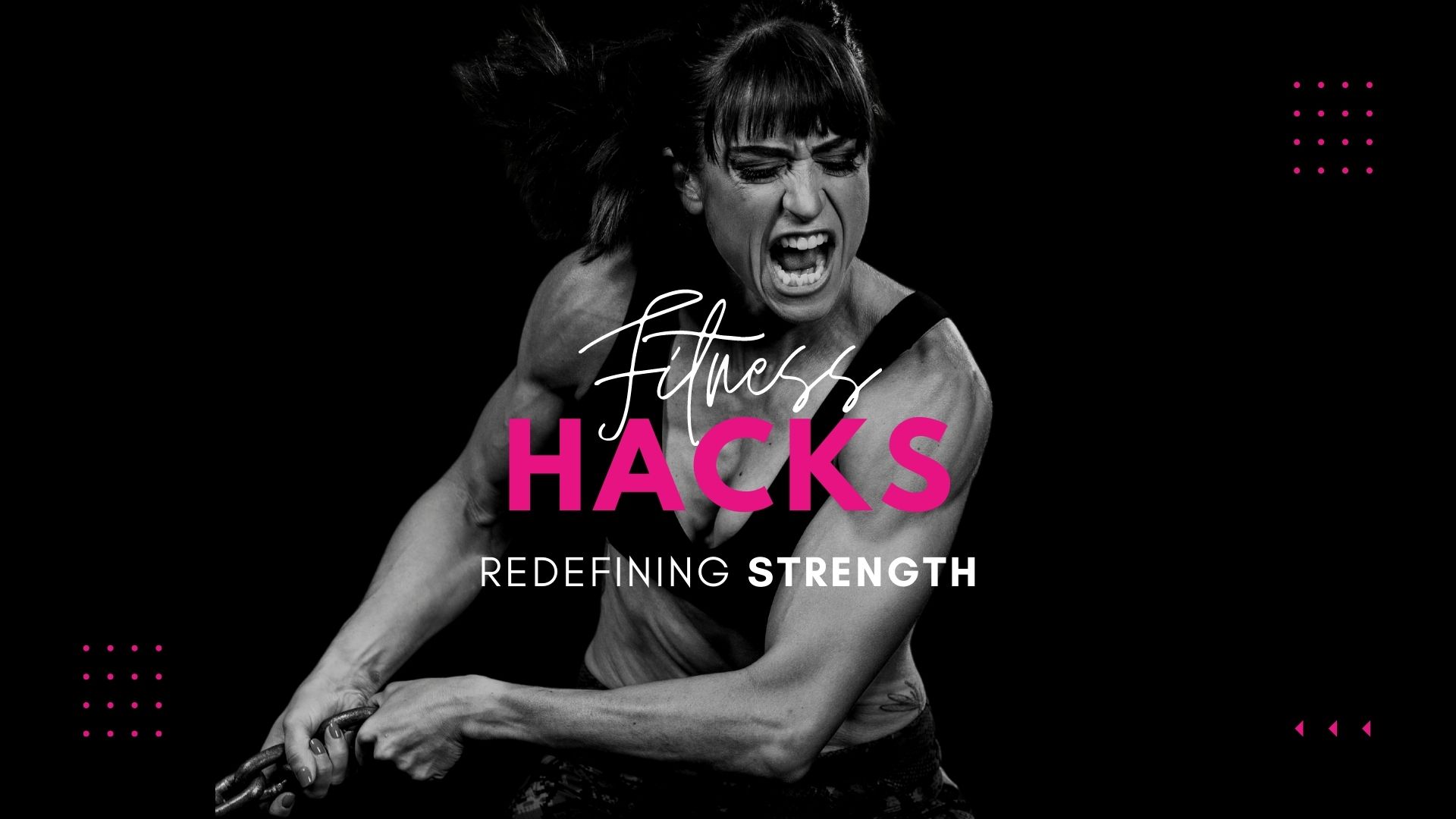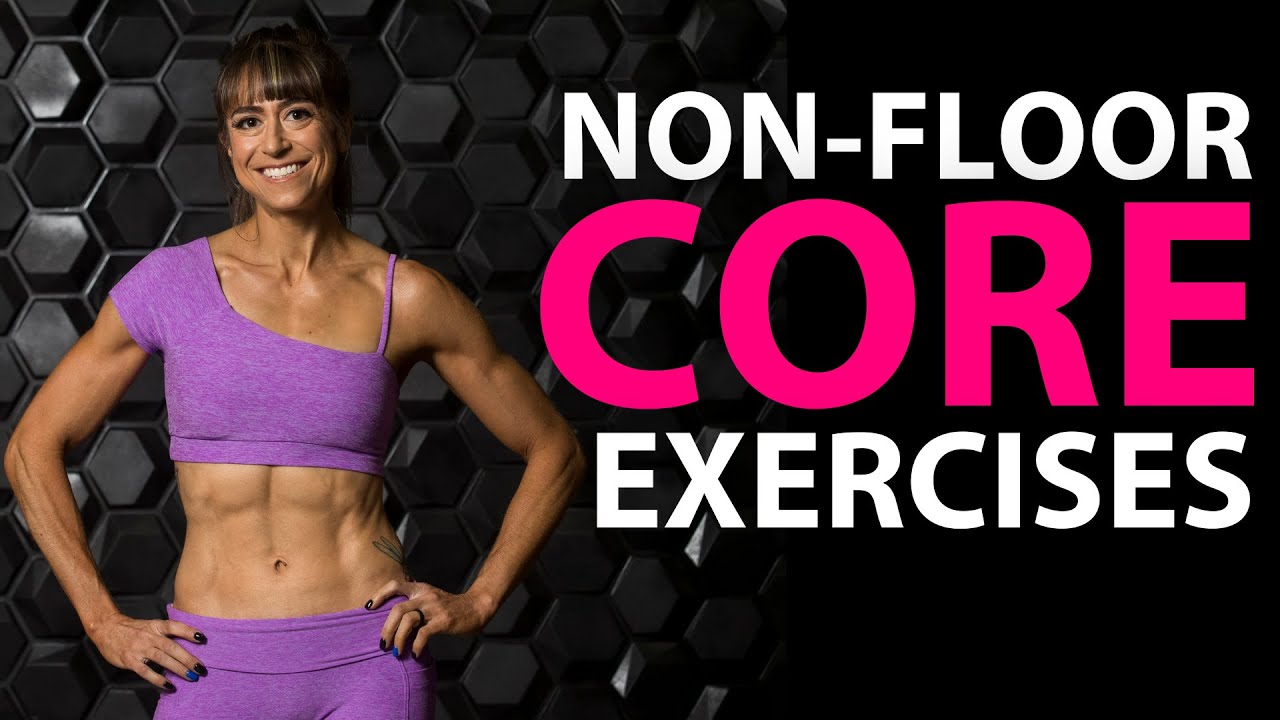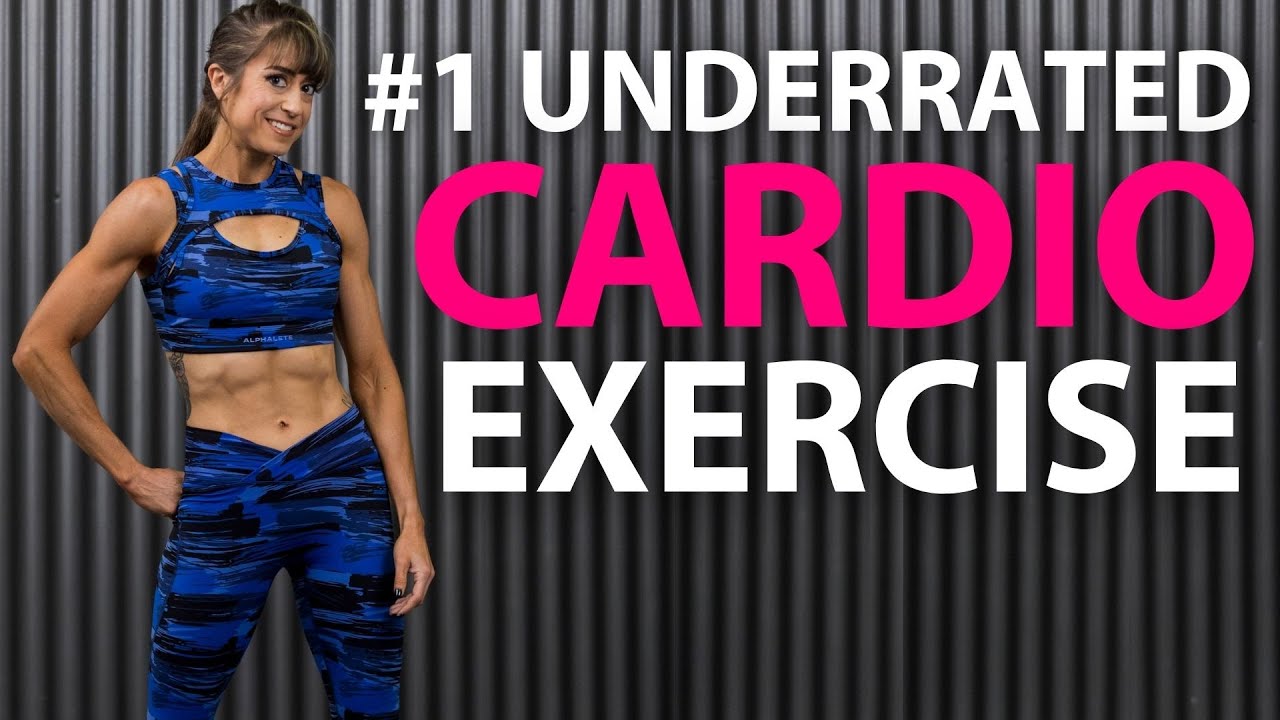
FHP 423 – Can You Give More?
Raise your hand as high as you can.
Go ahead…do it right now.
Now raise your hand higher….
You did didn’t you?
Funny how I told you to raise your hand as high as you can and yet you could still raise it higher when I said to….
Funny how it didn’t take really much more effort to raise it a bit higher either….
Why do I mention all of this?
Because A. Often we don’t realize we can give more until we are asked to.
And B. So often we don’t necessarily do everything we can even though those little tweaks, doing just a little bit more, doesn’t take much more effort.
It isn’t that we are lazy either. Or that we don’t care or want to give our all.
We do.
But I think sometimes we just don’t realize how much we are truly capable of. We don’t realize the little bit more we can get out of things with just a very small bit of extra effort.
Sometimes we need that extra outside push.
That outside perspective.
We need to be shown that our limiting beliefs are false and that more is possible.
Heck sometimes we just even need someone making us aware that this could be happening like I have done right now asking you to raise your hand.
But how can you do this on a continual basis?
How can you not let yourself “get away with things” and be held back by your first impression of your attempt at something?
I wanted to share 3 ways to reflect on your effort and always get a little bit more out of yourself…
1: Simply ask yourself, is this really all I can do?
Often we don’t question if we are giving our all. We simply FEEL like we are and go with it. But always question yourself. Believe you can always push your boundaries.
This isn’t telling yourself that you aren’t doing enough, it is simply believing that as you learn and as you work through things you are then possible of MORE than you believed to start.
As things become habit, we can often get even more out of them. As you improve your running, you can push the pace, go a bit longer.
But the key is ASKING OURSELVES TO! We need to be able to question our own limits and do it often. Maybe each week reflect on your habits, rate yourself and your implementation. Set a goal of doing something to improve the next week!
2: Look for extra small tweaks. Think oil on the machine not adding another cog to it.
Often we look for a part to ADD when we think about doing more, improving something. But that’s like adding a cog to a machine where no cog is needed. It could just be pointless, it could end up breaking the machine or it could simply make something more complicated than necessary to operate.
Instead we want to think about changes as adding oil to a machine that could function a bit more smoothly. That maybe is getting squeaky.
When you make changes, when you look at where you could do more, think about where you could oil your well laid out plan. What is something small you could do to make what you’re already doing easier, more efficient, produce a better result without really adding more to your plate?
3: Don’t be afraid to set STRETCH goals.
So I like to set goals that are realistic. It’s super disheartening if you always set super aggressive goals and never reach them.
However, I like to have a realistic goal for each week, each month, each year but also what I consider a STRETCH goal.
And I often use these on short term goals strategically when first making a change.
These goals are a little extra aggressive and asking a little more out of myself than I sort of believe is possible.
They’re doable, but asking me to find that extra reach out of raising my hand.
And I set them knowing I may not hit them but that in seeking to, I’ll move beyond the basic goal outlined. And I do set a prize for myself if I reach them. I mean, I’m competitive and know that so set something that makes it feel extra like winning.
But don’t be afraid to challenge yourself with a stretch goal and call it that. Sometimes we have to ask more of ourselves to get ourselves to crush the true goal we want to accomplish.
Too often we end up just planning to hit the basic goal falling short when if we plan to go beyond it we truly succeed at hitting what we initially wanted!
And I don’t know about you, but the “doubts” especially if I even write down my own, add a little chip to my shoulder making me want to achieve it even more!
SUMMARY:
Sometimes we have to force ourselves to question whether or not we are truly giving something our all. We have to be willing to test our own boundaries.
And while it can be helpful to have that outside perspective and push, you can be there to support yourself using these 3 tips!




